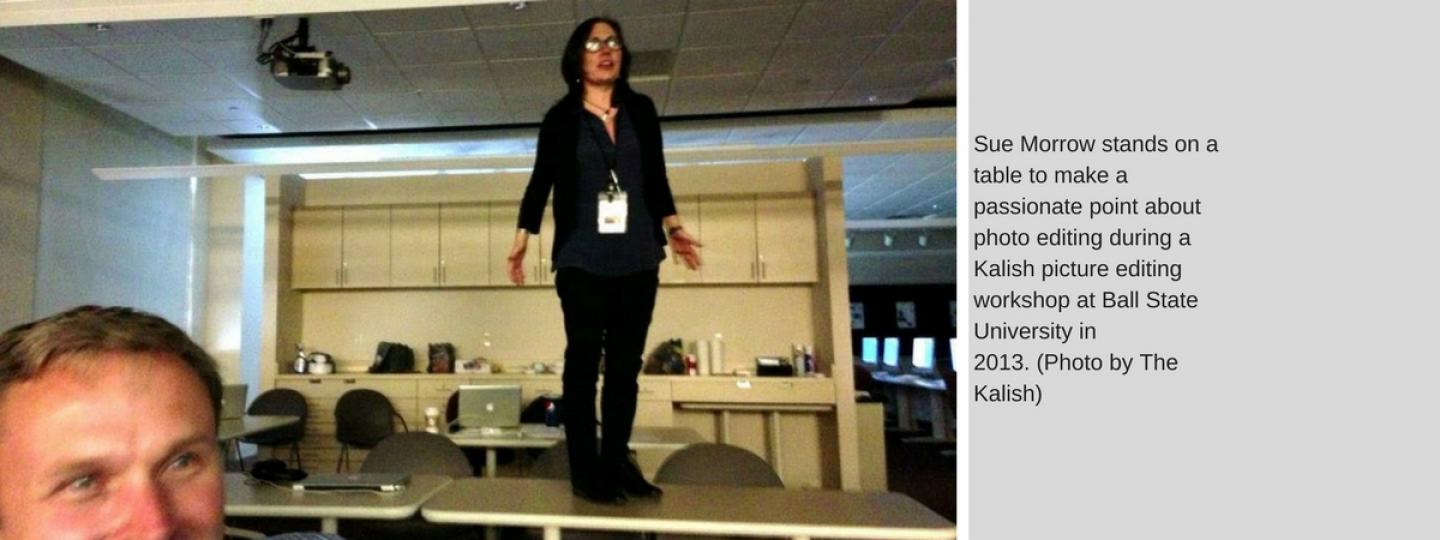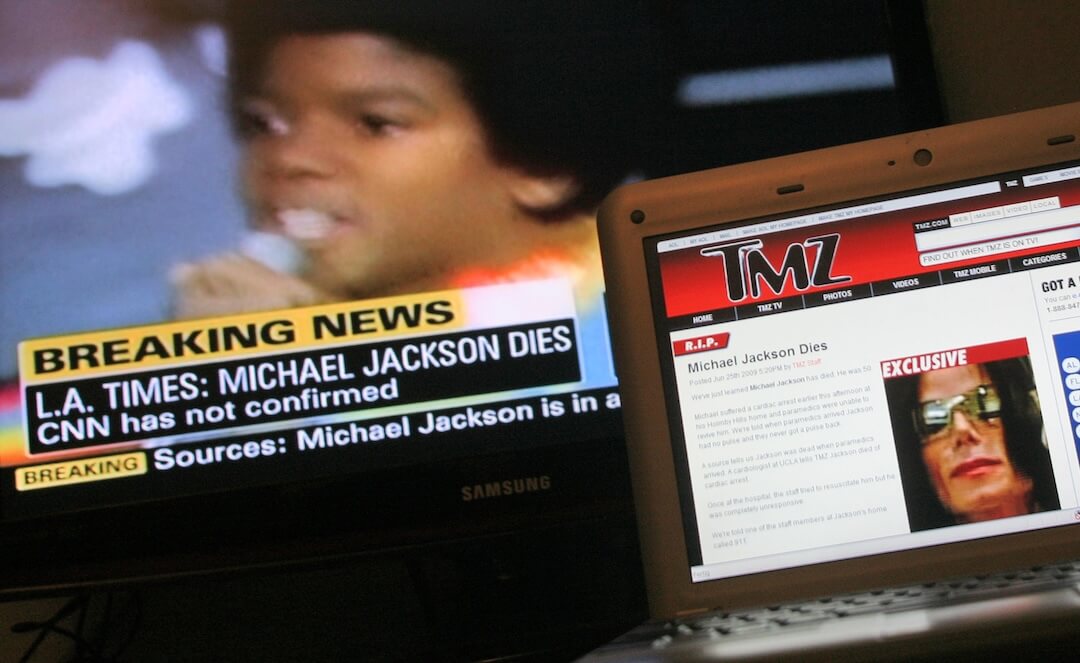We’ve got a problem. It’s 2018, but it feels like 1975 in the land of visuals. What’s old is new again: a nearly nonexistence of visual judgment in newsrooms. Who would have thought that the phenomenal benefits of technology would negate the common sense of picture selection? The role of the photo editor has nearly disintegrated in most newsrooms, including that of Poynter. It’s time to stop and take inventory.
I think we can all agree on a couple of points in our digital age: We’re under extreme pressure to produce fast and thoughtful journalism with few(er) experienced minds to do it.
And visual storytellers agree on one thing: Stock photos suck for journalism. Stock photos are generic and degrade journalistic content; they are not completely accountable and are dangerously subject to copyright infringement issues. And then there are the moral principles of paying professionals for their work.
Instead of bashing Poynter’s recent article (These tools will help you find the right images for your stories), let’s use this as an opportunity to create a more efficient and productive process to make visual editing part of the workflow instead of a last-minute engine search.
I am a picture editor who has proudly spent my 30-year career as an advocate for photographs and photographers. And I continue to believe that educating non-visual thinkers and storytellers about how to make pictures matter to stories is a big darn deal. Most reporters and editors I know work in tandem with visuals because they have come to understand how photojournalism makes storytelling more meaningful. Just ask them. It’s taken time and a few verbal two-by-fours about the ears to make it sink in, but that’s another story.
But let’s be honest. Not all stories are equal.
Most days, it’s an hourly triage to manage resources wisely and productively. But stock photos are not the answer. Instead, visual leaders need to be recognized as an asset in the workplace whose contributions are critical to the everyday process. In turn, we can step up our education of those we work with by better including them in our processes as well.
“Art matters. Images matter.”
It’s been proven (Poynter EyeTrack studies, I’m looking at you!) that visuals demand to be noticed. And Poynter’s recent article was very clear about long-known habits of reporters: Most wait until the last minute to think about visuals, stating “… it can be an awful, time-consuming process.” Enter the photo editor or photographer. Unless we’ve been laid off, we’re here to help.
Note to the world: Photojournalism is not art; photojournalism is content.
Photographs are not window dressing for text; they are content. What about this is so hard to understand? To the article’s point: Visuals are critical, so let’s not treat them as an afterthought. Let’s make them part of the process.
We’re not asking the right questions.
Instead of turning to free, how can we develop a consulting mechanism in a bare-bones workplace to make this process better for our readers and viewers? Folks, journalism of now is a team sport and until we make a practice of teamwork, we will continue to experience fallout among our peers — the people who need to come together.
Let’s be solution-based instead of an echo chamber.
Let’s work together — with Poynter, NPPA, APPM, The Kalish and ASMP — to develop guidelines for common points of references for best practices for picture selection in our web world. Work is not free. We must be accurate and transparent in all facets of storytelling and resources.
We can do this. I have to believe we can do this.






